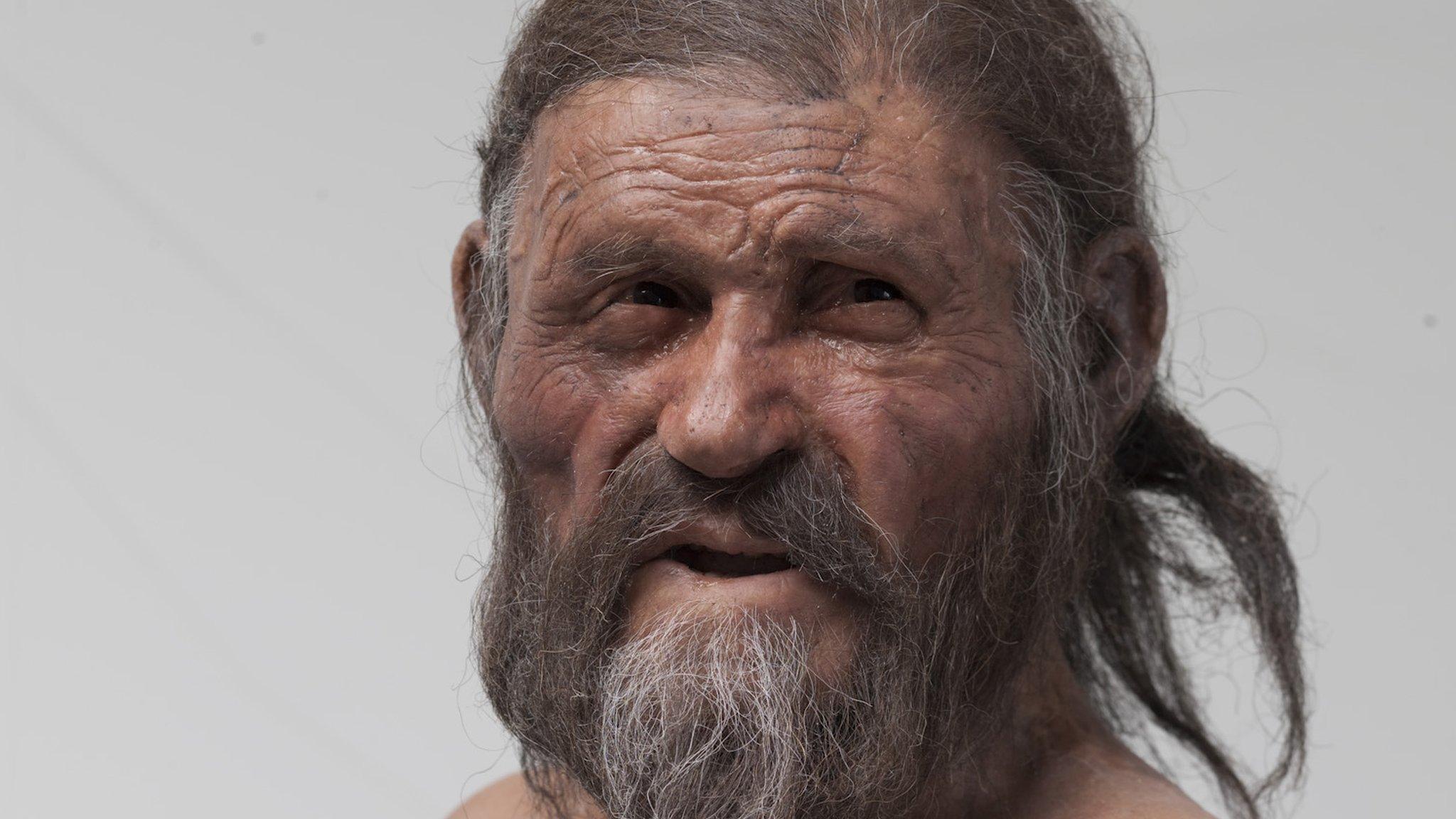Hunters of rare Swiss ibex stir Alps wildlife row
- Published
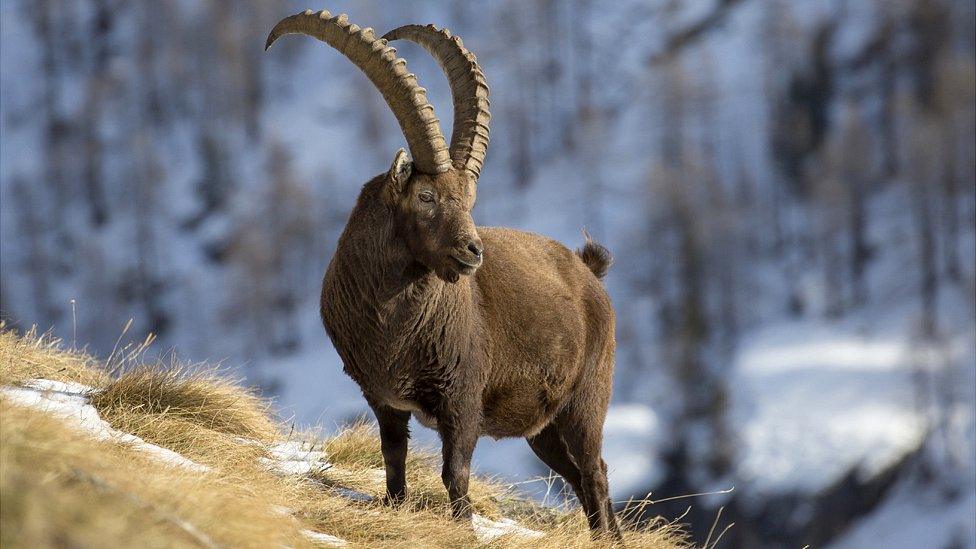
Alpine ibex were hunted almost to extinction - luckily a few hundred survived in Italy
The long, curved horns of the Alpine ibex and its love of high altitude make it a symbol of the Alps and a highly prized trophy for hunters.
Centuries of intensive hunting reduced Alpine ibex numbers to just a few hundred in one area of northern Italy.
But in the late 20th Century the numbers recovered - especially in Switzerland - through controlled reintroductions of ibex from Italy.
Controversially, trophy hunters can now shoot ibex again in one Swiss region.
The Swiss ibex live mainly in the high mountains of two southern regions (cantons) - Valais and Graubünden.
Valais (also called Wallis) now includes foreigners in its strict quota of ibex hunting licences. But Graubünden (Grisons) only allows locals to hunt ibex.
The European Environment Agency classes the ibex's status , externalin those regions as "unfavourable-inadequate" - meaning the numbers are not critical, but significant long-term conservation measures are needed.

Swiss public broadcaster RTS reports that foreign trophy hunters are now drawn to Valais, where a licence to shoot a male ibex with one-metre-long (3.3ft) horns - the biggest prize - costs 13,000 Swiss francs (£10,170; $13,113).
RTS interviewed an American big game hunter, external, Olivia Nalos Opre, who showed off her prize from a Valais "safari"- a pair of long ibex horns. The three-day trip cost her about SFr 20,000.
The former Miss Nebraska said she had shot a big, powerful male ibex, and her friend Denise had "shot two, including one trophy more than a metre long".
Every year Valais issues up to 120 one-day licences to shoot ibex - a business that brings SFr 650,000 (£509,000; $655,000) into the region's budget.
Today more than 40,000 ibex are estimated to be roaming in the Alps - usually above 2,000m (6,562ft) - and Switzerland hosts the largest population: about 16,000.
In total, about 450 ibex are shot annually in Valais, and 500 in Graubünden, where 40% of Switzerland's ibex live.
But in neighbouring Italy and France ibex-hunting is banned.
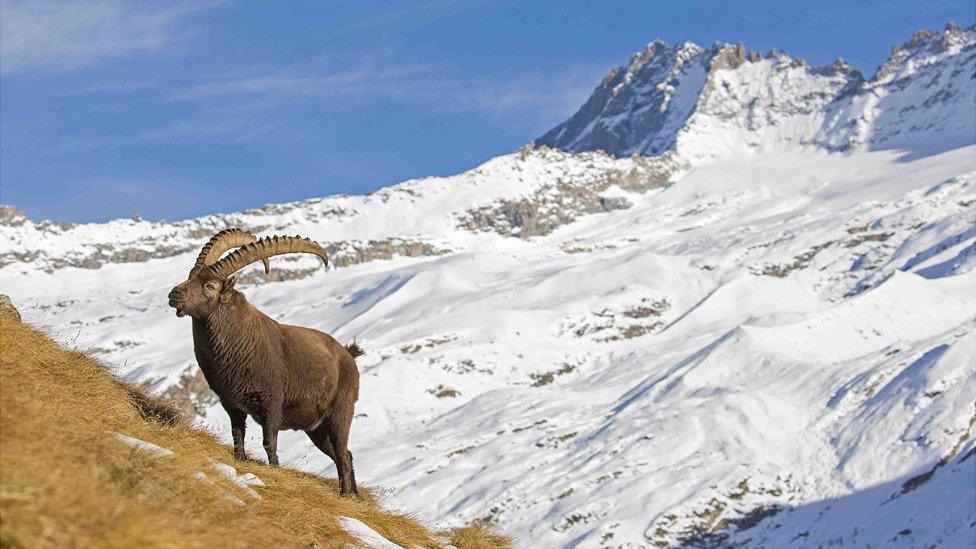
Gran Paradiso, Italy: Alpine ibex generally like to be above the snowline
A spokesman for the conservation group WWF Switzerland, Jonas Schmid, criticised trophy hunting in Valais, questioning its legality. "Protection of species cannot be regarded as an argument to support trophy hunting in Switzerland," he told the BBC.
Conservationists seek national vote
The Valais example, Mr Schmid said, "shows that politically the cantons should not be given even more powers over the hunting system".
WWF and other conservationists opposed to a revised Swiss Hunting Act are collecting signatures in a bid to hold a national referendum on the issue., external
The Alpine ibex, a species of wild goat, is iconic in the Alps. Examination of the stomach contents of Oetzi the Iceman, a 5,300-year-old hunter found in a glacier, showed that ibex had been part of his diet.
It was only thanks to the conservation efforts in Italy's Gran Paradiso National Park, in the Aosta Valley, that the Alpine ibex survived at all after centuries of hunting.
Read more on related topics:
Prof Ulf Büntgen of the Swiss environmental research institute WSL defended controlled ibex-hunting, in a BBC interview.
"Switzerland's strictly regulated hunting is conserving the population - in Graubünden they are very careful about which animals are harvested, and where.
"Trophy hunting is totally different - it's very expensive, and the main aim is to get the most impressive trophy," he said.
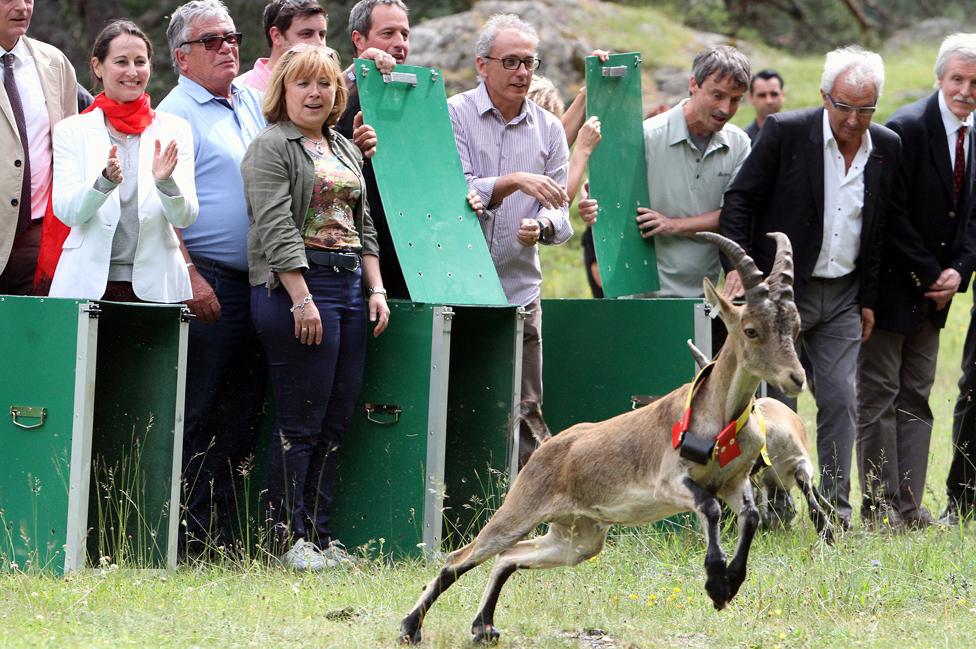
Cauterets, France: Since July 2014 nearly 200 Spanish ibex have been transplanted to the French Pyrenees
According to WSL research,, external Graubünden's well-controlled ibex-hunting has not had a negative impact on the ibex population.
Ibex a challenge to hunters
Hunters like to shoot longer-horned animals - the mature, strong males most likely to mate with females. But the researchers, who studied the horn size of more than 8,000 ibex shot between 1978 and 2013, concluded that the hunting was "sustainable", as the average body weight had remained stable.
The equally elusive chamois are also hunted in Switzerland, but Prof Büntgen says the ibex poses a unique challenge.
"It lives very high up - most visitors never see one. It's very shy and you have to climb with a local ranger, to spot the right animal, of the right age and gender.
"If you kill the wrong animal you pay a fine and get nothing, and you could lose your licence."
In Graubünden, he says, you cannot shoot a male unless you have first shot a female - and the hunting window is just two to three weeks to do so.
In France, ibex were wiped out by hunters not only in the Alps, but also in the Pyrenees.
They are now protected by law in France, which is trying to boost their numbers by importing dozens from the Spanish Pyrenees.
Spain allows controlled hunting of the Iberian ibex, but the population is considered healthy there anyway - there are several thousand.
- Published30 August 2019

- Published29 November 2017

- Published19 September 2014
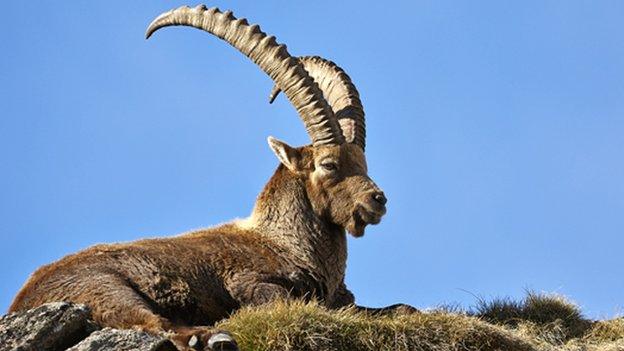
- Published25 December 2015
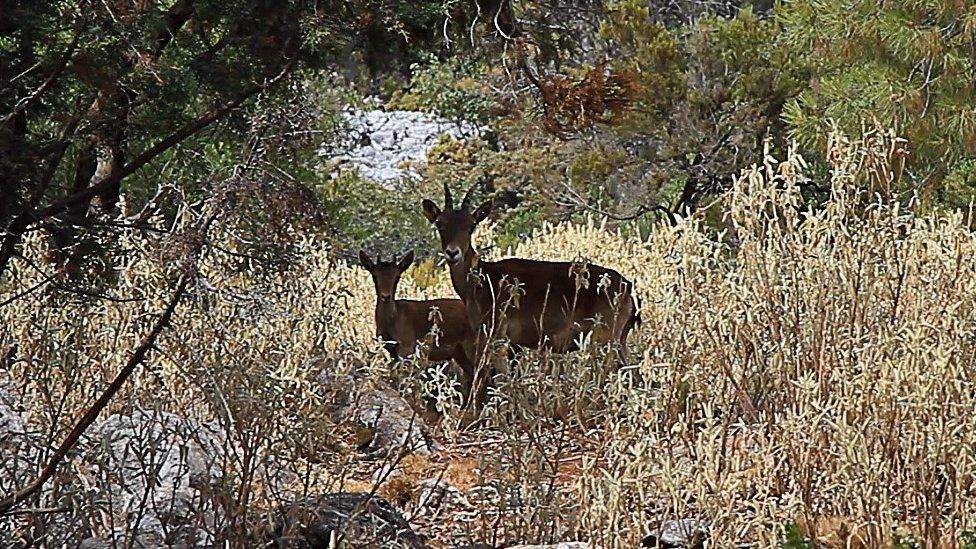
- Published8 January 2016
